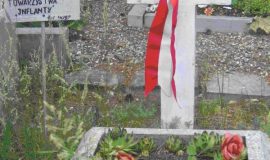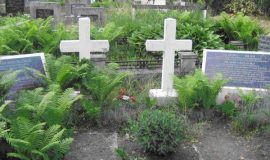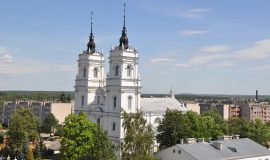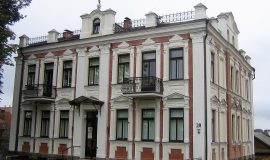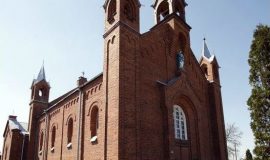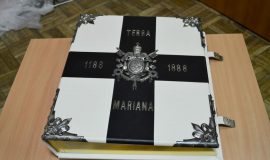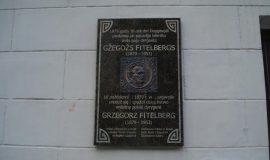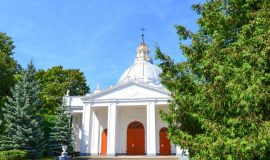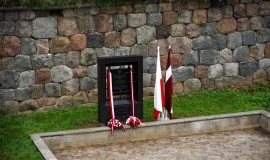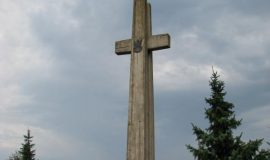In 1561 Latgale became the part of Poland. After Polish-Swedish War (1600-1629) Latgale remained in the possession of Poland until 1772 and was called Inflanty or Polish Vidzeme (Midland). During these historic zigzags Daugavpils had special role. The head of Inflanty Princedom was the governor appointed by the King. Such governors were called voivode. Latgale was divided in 4 districts: Daugavpils, Rezekne, Ludza and Viļaka. The heads of the districts were called starosta. Daugavpils starosta was supreme starosta. Inflanty had its own bishop: initially with the residence in Daugavpils, later – in Vilnius. Besides the state Seim in Poland, in Daugavpils there was established so-called seimelis (small Seim) with 6 deputies (landlords) from Latgale, Lithuania and Poland. In 16th century from 1513 until 1525 the komturei of Daugavpils was Heinrich Plater. But in summer of 1883 Count Jan Kazimir Josef Plater-Zyberk (1850-1922) in one of present-day city microdistricts – Pogulanka – established sanatorium where were used mineral water, mud and koumiss treatment procedures. Since that time Poguļanka was called the health resort. The Count managed the property until 1918. The sanatorium stopped functioning in 1920s. In 1886 the Count had established boat and small ship traffic Dinaburg-Pogulanka on Daugava. Nowadays in Daugavpils there is Plateru Street. Daugavpils has close link with Poland due to the events of January of 1920, when divisions of Polish Army drove the Bolsheviks away from the city.
In Daugavpils at the present moment there live approximately 15% of Poles. In the city there functions Polish Culture Centre and Polish Gymnasium. President of Poland Bronisłav Komorowski, who visited the city in 2010, named Daugavpils the Capital of Latvian Poles.
Polish Heritage in Daugavpils
Route:
2. Memorable place of Count Leon Plater at Daugavpils Catholic cemetery
3. Daugavpils Roman Catholic Church of the Blessed Virgin Mary
4. Polish Culture Centre in Daugavpils
5. Grīva Roman Catholic Church of the Holy Mary
6. The exhibition of “Terra Mariana” album’s facsimile
7. A Memorial Plaque to Gzegoz Fitelberg
8. St. Peter’s in Chains Roman Catholic Church
9. The Memorial Plaque to the Count Leon Plater
10. Memorial place of graves of soldiers of Polish army of the 1st Legion Regiment


